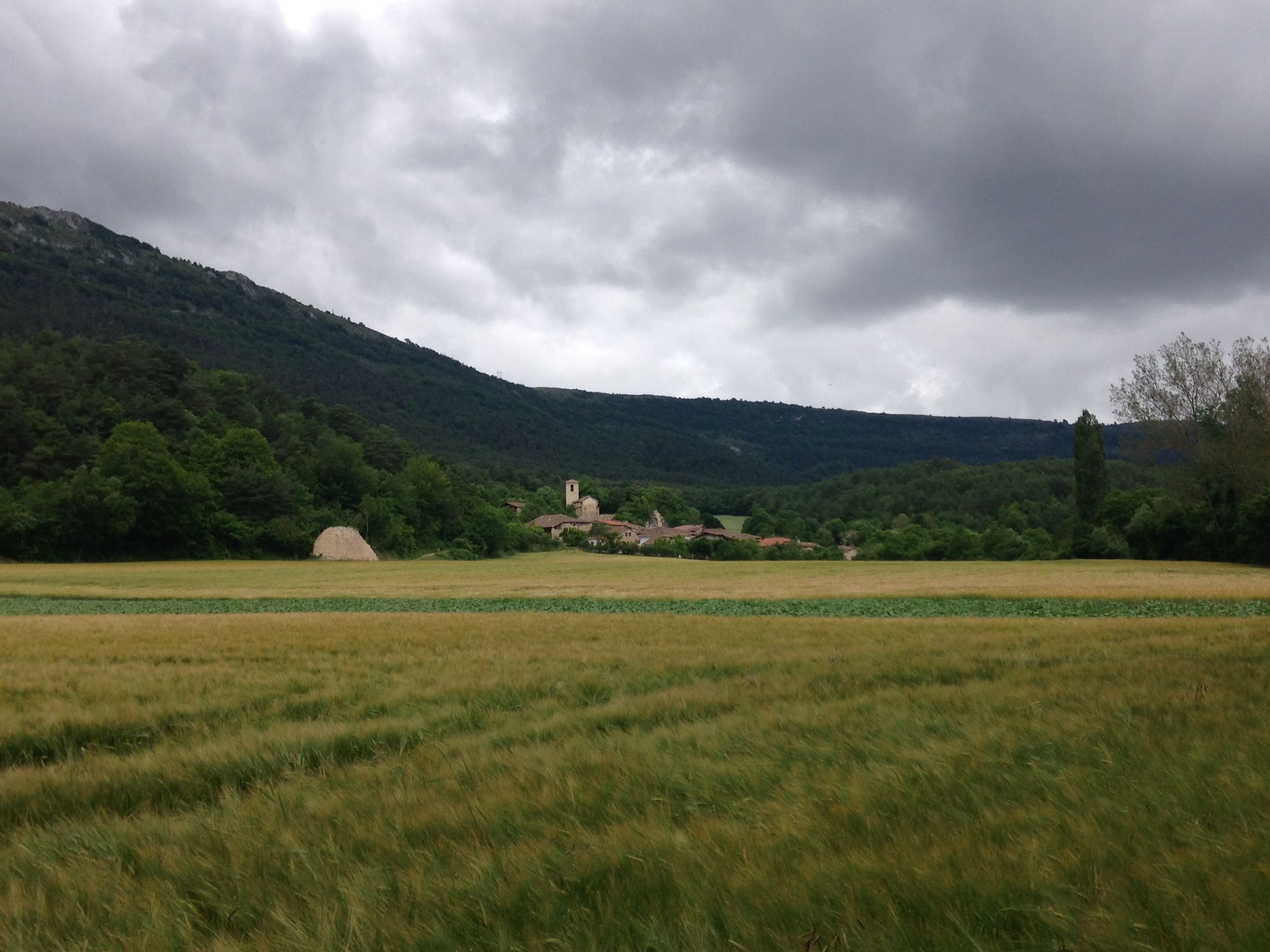Divorce in 1204
- Cairo, 1204. A woman received a letter from the merchant husband who was working abroad, in response to his wife’s earlier divorce petition. The letter is one of more than 300,000 documents found in the Fustat synagogue Ben Ezra in Cairo. For historians, these writings have been fundamental to knowing the lives of Middle Eastern Jews in the Middle Ages.

The author of the letter was a Jewish merchant who in the Middle Ages was not able to reconcile his tender profession with his family relations. The name of the trader and his wife is unknown, but her husband was long away from home to do business in the city of Aden (India) and its surroundings, which worsened the relationship between husband and wife, until finally her wife asked for divorce.
“If that’s what you want, I don’t reproach you. The waiting time has been long. And I do not know if the Creator will help me right away and if I will be able to go home, or if it will take a long time, because I cannot go home with my bare hands. For all these reasons, I have decided to send you the certificate of liberty which has been given to you. Now the decision is in your hands. If you want to separate yourself from me, please accept the document of contempt and you will be free. But if it’s not your decision and your will, let’s not waste all these years that you’ve been waiting for: maybe the payment is close and, if not, maybe you’ll regret at a time when repentance doesn’t make sense.”
“And please don’t blame me, I’ve never neglected you, and I’ve always tried to protect you from rumors that hurt my honor. You denied me, not the other way around. I don't know if the decision is yours or someone else, but after all this, I beg you not to say it, neither you nor anyone: this is the reward we will receive from it. All day, my solitary heart hurts because we're separated. I feel that pain when I write these lines. But the decision is yours. If you want to separate yourself, go ahead; if you want to leave things as they are, just like that. But don't follow the first premonition. Ask honest people for advice and think about what's best for you. May God help you make the right decision.”
We don't know what the rumours were saying or whether they had a firm foundation and, above all, we don't know what their wife eventually decided. This and many other letters were compiled and translated by ethnographer and historian Shelomo Dov Goitien (1900-1985) in the book Letters of Medieval Jewish Traders. In his view, the Jewish merchant had returned to Egypt and, if his wife had accepted the contempt sentence, her husband would probably have stayed in Aden. Thus, according to Goitien, “those long hard years were not useless. In the end he met with the traveler.”
Zamora, late 10th century. On the banks of the Douro River and outside the city walls the church of Santiago de los Caballeros was built. The inside capitals of the church depict varied scenes with sexual content: an orgy, a naked woman holding the penis of a man… in the... [+]
In the fall of 1415 the battle of Agrincourt erupted between England and France, one of the most decisive wars of the Hundred Years War. To this end, when Henry V, king of England and lord of Ireland, decided to send his army to France that summer, the soldiers landed on the... [+]
Toledo, 1272-1280. Alfonso X of Castile gathered 427 monomedical songs dedicated to the Virgin. The Cantigas de Santa Maria constitute one of the most important musical and literary collections of the Middle Ages, but being decorated with the miniature cantiga, these... [+]
The European Middle Ages are generally depicted as a dark era. We relate it to delay, violence, belief and tyranny. Those who lived that time are considered barbaric and ignorant. Its name is also significant, because it is contemptible: as a time of little importance that... [+]
Venice, 24 April 1459. The monk and cartographer Fra Mauro finished the map of his world in his cartography workshop in the monastery of San Michele in Murano. This work was done on behalf of the Portuguese king Alfonso V.aren and, once the map was completed, it was sent to... [+]
Rome, April 1215. IV. In the Council, the Catholic Church prohibited the surgery of priests and monks, among others. Also in previous councils, Reimsen and Tours, they worked on the issue, arguing that only legataries had to deal with saving souls and that they had to avoid the... [+]
Venice, 8 January 1324. The famous traveler and merchant Marco Polo died at the age of 70. About to die, the people gathered in the area asked him to recognize that what was told in the book Description of the World was a fiction, but the last words of the traveler were: “I... [+]
Até agora considerouse que os estribos e celos fundamentais para o uso dos cabalos inventáronse en China cara aos séculos V ou VIN. Pero na cova de Urd Ulaan Unet, en Mongolia, atópase máis antigo, do século IV. O bidueiro da zona está feito de madeira, polo que non é... [+]

























